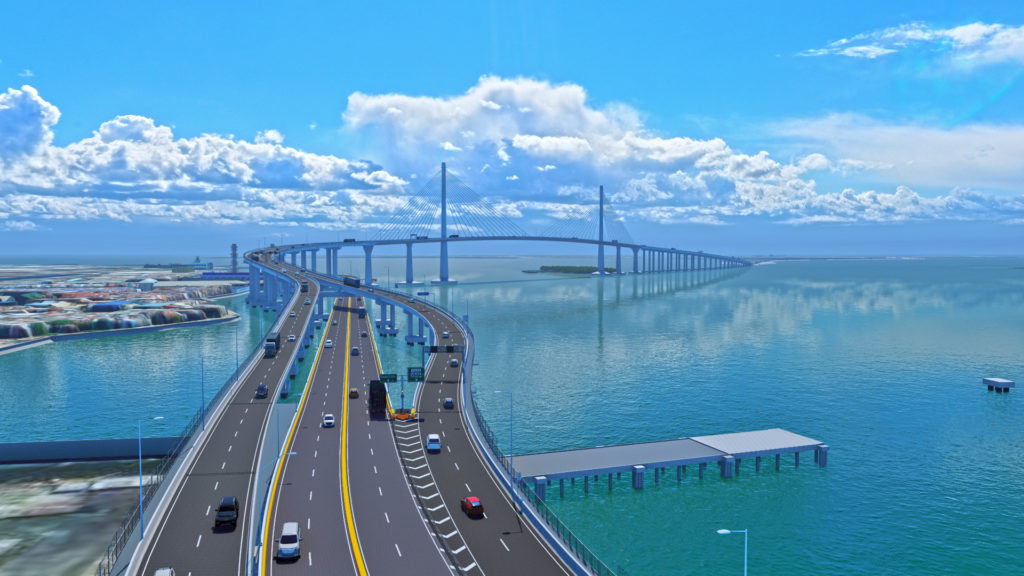Over the past few years, the world has experienced extreme weather conditions and severe disasters caused by Climate Change. Environment and climate experts warn that this trend will continue across the globe as widescale degradation occurs. The Philippines is not a stranger to the devastation caused by strong typhoons, flooding, and landslides. Last December, super typhoon Odette, internationally known as Rai, hit some parts of the country, especially Visayas and Mindanao. Cebu City, a known metropolis and economic center of the region, experienced its onslaught, leaving many without homes, electricity, and water.
Importance of Disaster Risk Reduction and Preparedness
While the occurrence of natural calamities is inevitable and to be expected, disaster risk reduction and preparedness are key in protecting lives and property. Experts say that for measures to be effective, a holistic and comprehensive approach should be in place. The government, private institutions, and individuals should cover policies and promote practices to ensure the effectiveness of programs, complemented by the structural integrity of structures and establishments.
Disaster risk reduction is the concept and practice of reducing disaster risks through systematic efforts to analyze and manage the causal factors of disasters, including through reduced exposure to hazards, lessened vulnerability of people and property, wise management of land and the environment, and improved preparedness for adverse events.
Sustainability for Disaster Preparedness
The importance of integrating sustainability in real estate and development becomes reemphasized as more recognize its importance in achieving resilience. Sustainability is an encompassing concept that is a critical factor affecting not only the environment, but also the health, safety, and productivity of a structure’s occupants and the public.
As defined by the US Green Building Council, green or sustainable real estate is the practice of creating and using healthier and more resource-efficient models of construction, renovation, operation, maintenance, and demolition. Hand in hand with the standards to promote environment conservation and the promotion of overall well-being, this concept offers an opportunity to create environmentally efficient buildings for resiliency.
While green buildings are primarily designed to lessen greenhouse emissions and construction’s impact on the environment, sustainable structures exhibit mitigation and adaption strategies passive design principles to shape the built environment in a way that is both responsive and resilient to future climate extremes.
In a study, the resilience ability of green buildings may be achieved in two ways; reducing the initial damage to building systems and infrastructure and using passive design principles to increase building resilience.
Reducing the initial damage to building systems and infrastructure means designing systems that ensure safety, cost-effectiveness, and practicality. Passive design principles, on the other hand, are the techniques of placing, orienting, and massing a building to optimize the use of the sun and climate to provide natural lighting, heating, and ventilation.
Premium green buildings in the Philippines, such as JEG Tower @ One Acacia, do not only promote sustainability in terms of health and the environment, but also raise the bar in advocating for resilience. Being a LEED Gold-certified establishment, the 22-storey commercial tower was designed to be a safe and healthy space for businesses that are looking to relocate or expand to the Visayas.
Want to learn more about the edge of green buildings in resilience and disaster preparedness? Contact Gerold Fernando at (+63) 917-565-3547 or send an email to jegtower@kmcmaggroup.com.























